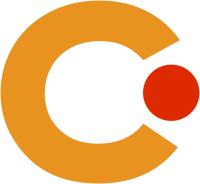A Framework for Location-Based VR Applications
Proceedings of the GI VR/AR - Workshop, Shaker Verlag, (2019)DOI: http://dx.doi.org/10.2370/9783844068870
Abstract
This paper presents a framework to develop and investigate location-based Virtual Reality (VR) applications. We demonstrate our framework by introducing a novel type of VR museum, designed to support a large number of simultaneous co-located users. These visitors are walking in a hangar-scale tracking zone (600 m2), while sharing a ten times bigger virtual space (7000 m2). Co-located VR applications like this one are opening novel VR perspectives. However, sharing a limitless virtual world using a large, but limited, tracking space is also raising numerous challenges: from financial considerations and technical implementation to interactions and evaluations (e.g., user’s representation, navigation, health & safety, monitoring). How to design, develop and evaluate such a VR system is still an open question. Here, we describe a fully implemented framework with its specific features and performance optimizations. We also illustrate our framework’s viability with a first VR application and discuss its potential benefits for education and future evaluation.
